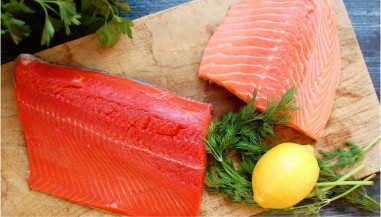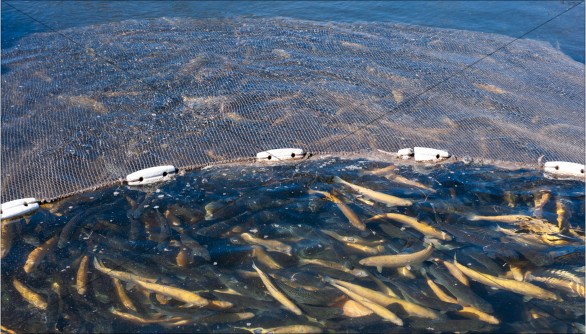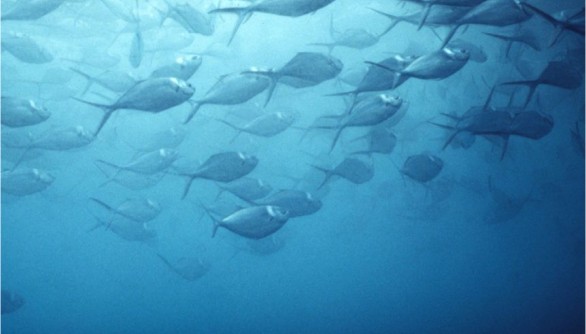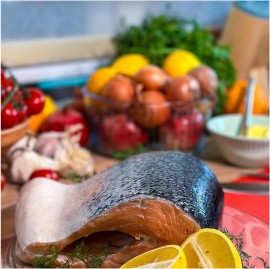Farm Raised vs. Wild Caught Seafood

IS WILD-CAUGHT SEAFOOD BETTER THAN FARM RAISED SEAFOOD?
One of the most hotly debated topics in the seafood business, and of increasing concern to our customers, is the question, “Is wild-caught seafood better than farm raised seafood?”
These days people are becoming more concerned about where their food comes from, and the impact of producing that food on the environment, in particular what effects producing that food has on global warming/climate change. However, there are pros and cons to farmed seafood, just as there are pros and cons to wild-caught seafood.First, let’s define these terms.
WHAT IS WILD-CAUGHT SEAFOOD?
Wild-caught seafood refers to fish and shellfish that are captured in their natural environment by various means depending on the target species.
FACTS ABOUT AQUACULTURE
Many would be surprised to learn that around half of the seafood consumed globally is produced by aquaculture as reported by the World Economic Forum.
According to OECD, the United States produced 5.2 million tons of fish in 2021, with 17% of that coming from aquaculture.
NOAA has reported the United States imports between 70-85% of its seafood with more than half of that produced by aquaculture.
So whether we know it or not, here in the U.S., we’re eating a lot of farmed fish. The vast majority of shrimp, salmon, trout, and tilapia are farm-raised. On all of our product pages, we let you know if the item is farmed or wild.
Aquaculture has been around since ancient times. There is evidence that the Egyptians and Chinese used fish farming 3,000 years ago. There are also ancient Roman murals, dating back more than 2,000 years depicting aquaculture, along with physical remains of man-made fish ponds used to grow certain kinds of fish as a source of food.

FACTS ABOUT AQUACULTURE
Many of the concerns people have with farmed fish today stem from the early days of aquaculture. In the 1970s and 80s, when commercial fish farming began to boom globally, there were a lot of problems and concerns.
The industry was new, and many of the problems had never been encountered before. Problems like overcrowding of fish pens and the resulting mortality, how to control the waste and effluent (including pesticides, uneaten food and dead fish) from being flushed into the surrounding environment, and how to develop better, more organic feed were just some of the challenges facing this new industry. Farmed fish seemed unnatural to people, another example of human interference with nature.
They did not take into account that even though virtually everything else people ate, whether it be fruits, vegetables, beef, pork, chicken, etc. was farm raised. This visceral objection to farmed fish never seemed to add up.













